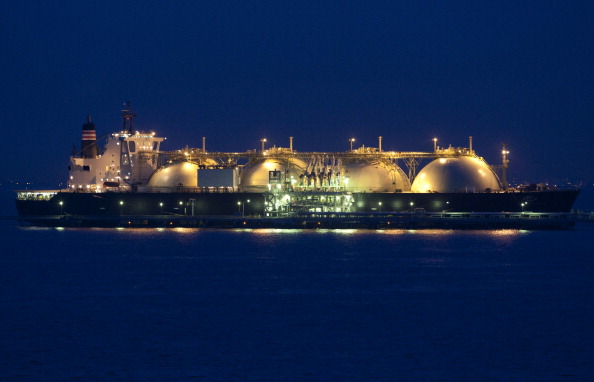The LNG Ship Is Leaving Middle East Shores
Is continuing instability and stalled LNG production in the Middle East causing the region to lose its competitive advantage?

It was truly a novel idea, started right here in the Middle East: freezing natural gas to -162 degrees centigrade and exporting it in custom-made ships to the wider world.
The port city of Arzew in Algeria was the setting for the world’s first liquefied natural gas export shipment in 1964, and it set the stage for the region to emerge as a global centre of not just oil but also natural gas.
After all, the Middle East was home to trillions of cubic feet of natural gas and its close proximity to energy-hungry markets in Asia, Europe and Africa made it an ideal hub to set up gas exporting terminals and build specially-built ships that could economically and safely supply energy to customers in Beijing, Tokyo and London.
Algeria was followed by Egypt, UAE, Yemen and Qatar who tapped their natural gas riches and poured billion into LNG terminals and ramped up their exporting capabilities.
Indeed, LNG exports have played an instrumental role in transforming Qatar’s economy and making it very wealthy in the process.
But as the landmark Arzew shipment marks its 50th anniversary in 2014, it seems unlikely that the Middle East exports will continue to play a major role in LNG over the next few decades.
New natural gas centres in Australia, Canada, East Africa and Russia – to name a few – are drawing up ambitious LNG plans to capture a piece of the Asian and European markets.
Meanwhile, Middle East and North Africa states have few, if any, plans to raise production to any significant level at least till the end of this decade.
Indeed, Qatar is set to hand over its title as the world’s largest LNG exporter to Australia by 2017, and the tiny gas giant has also imposed a moratorium on new gas development at least till the end of this year.
Once the Middle East states lose the advantage, it will be tough to get back into the game as the market is going to get extremely crowded over the next few years.
By 2020, the number of countries with import capacity could double from the 25 countries at the end of 2011, according to an Ernst & Young study.
While Qatar will remain a key LNG supplier and may step up to eventually raise production, other Middle East countries would likely struggle to gain the investment commitments needed.
LNG projects take years to build, require tremendous expertise and long-term commitment from anchor buyers. It has also become a very expensive proposition.
Projects of meaningful size can cost anywhere between $8 billion to $10 billion, and major oil and gas companies may be reluctant to park their funds in places like Algeria, Yemen and Egypt which are suffering from acute investor confidence and stability.
The window of opportunity for MENA countries is closing for at least till the end of the decade.
Over the next eight years, global supply is set to rise to 438 metric tonnes per annum, just about meeting demand of 400 metric tonnes.
Beyond that period growth in emerging economies of China, India, South Korea and Japan – the world’s four largest LNG exporters – is expected to cool off as Asia’s surging economic growth plateaus.
In any case, Asian customers are diversifying away from Middle East LNG as they seek energy security by setting up long-term commitments in stable jurisdictions like Canada and Australia.
Middle East LNG exporters once held the edge, but the omnipresent instability in the region is set to drive customers away.
